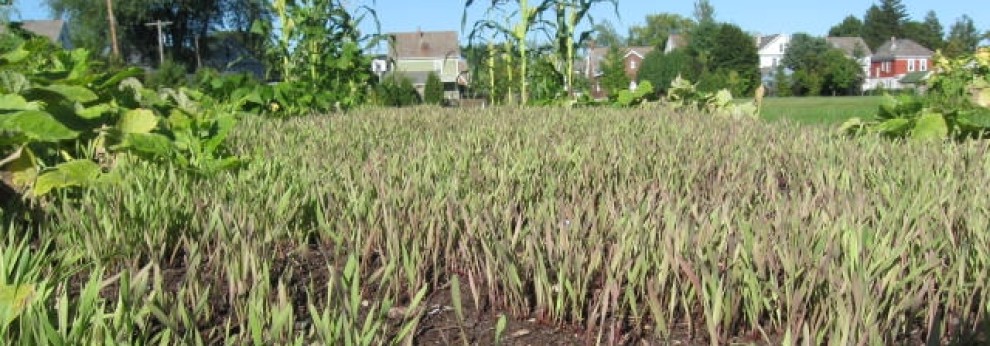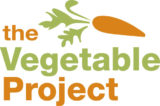 We will lead more than 500 Albany schools students through turning plastic gallon milk jugs into miniature greenhouses by the time we wrap up next week. A number of small lessons are embedded in the project – such about what a greenhouse is and how it works, the incredible diversity of nature and the needs of seeds. Maybe even more important than these, however, are the tactile experiences that we are offering kids that are not part of their usual routines.
We will lead more than 500 Albany schools students through turning plastic gallon milk jugs into miniature greenhouses by the time we wrap up next week. A number of small lessons are embedded in the project – such about what a greenhouse is and how it works, the incredible diversity of nature and the needs of seeds. Maybe even more important than these, however, are the tactile experiences that we are offering kids that are not part of their usual routines.
Three in particular are operating a cordless drill – quite safely – getting hands dirty and handling carefully really, really small seeds.
 What’s the big deal about these?
What’s the big deal about these?
Well, for one thing, most school learning is built around use of just two of our five senses: hearing and sight. We’re leaving huge learning opportunity on the table if we don’t also stimulate and harness smell and touch and taste. Then, let’s be honest and a little blunt, large numbers of middle school and high school students are bored out of their minds during many of their school hours. And that’s not a good recipe for academic success.
So, with all due respect to curriculum built around information-heavy and school subject-specific “learning standards,” we feel pretty useful in presenting an intensively hands-on activity, featuring three very different tactile experiences along with modest exposure to the kind of lessons schools spend more of their time on.
As for those touching moments that are central to this particular project, a couple of thoughts:
 We see first-graders eagerly getting their hands dirty and middle schoolers very hesitant to. Maybe this is a perfectly normal development. At the same time, we have concerns about propensity of many adolescents to prefer standing on the sidelines to getting in the game.
We see first-graders eagerly getting their hands dirty and middle schoolers very hesitant to. Maybe this is a perfectly normal development. At the same time, we have concerns about propensity of many adolescents to prefer standing on the sidelines to getting in the game.
Handling tiny seeds and placing them in fairly precise locations takes a bit of patience. What endeavor wouldn’t benefit from cultivation of the ability to work carefully and patiently.
And then drilling. The thought that some adults are more determined to tell kids what they cannot do, because it’s “too dangerous,” before what they can do if they learn how to do it appropriately, can be disconcerting. Multiple layers of tool choices, training volunteers, physical positioning of these adult helpers, positive phrasing of instruction and scaffolded introductions to kids who have never touched the tool ensure safety. Kids holding out their hands in the top photo have just been asked how many fingers they came to school with. We think it’s okay to be lighthearted in saying we want them to go home with the same number. But we are quite serious about making sure that they do.
–Bill Stoneman



